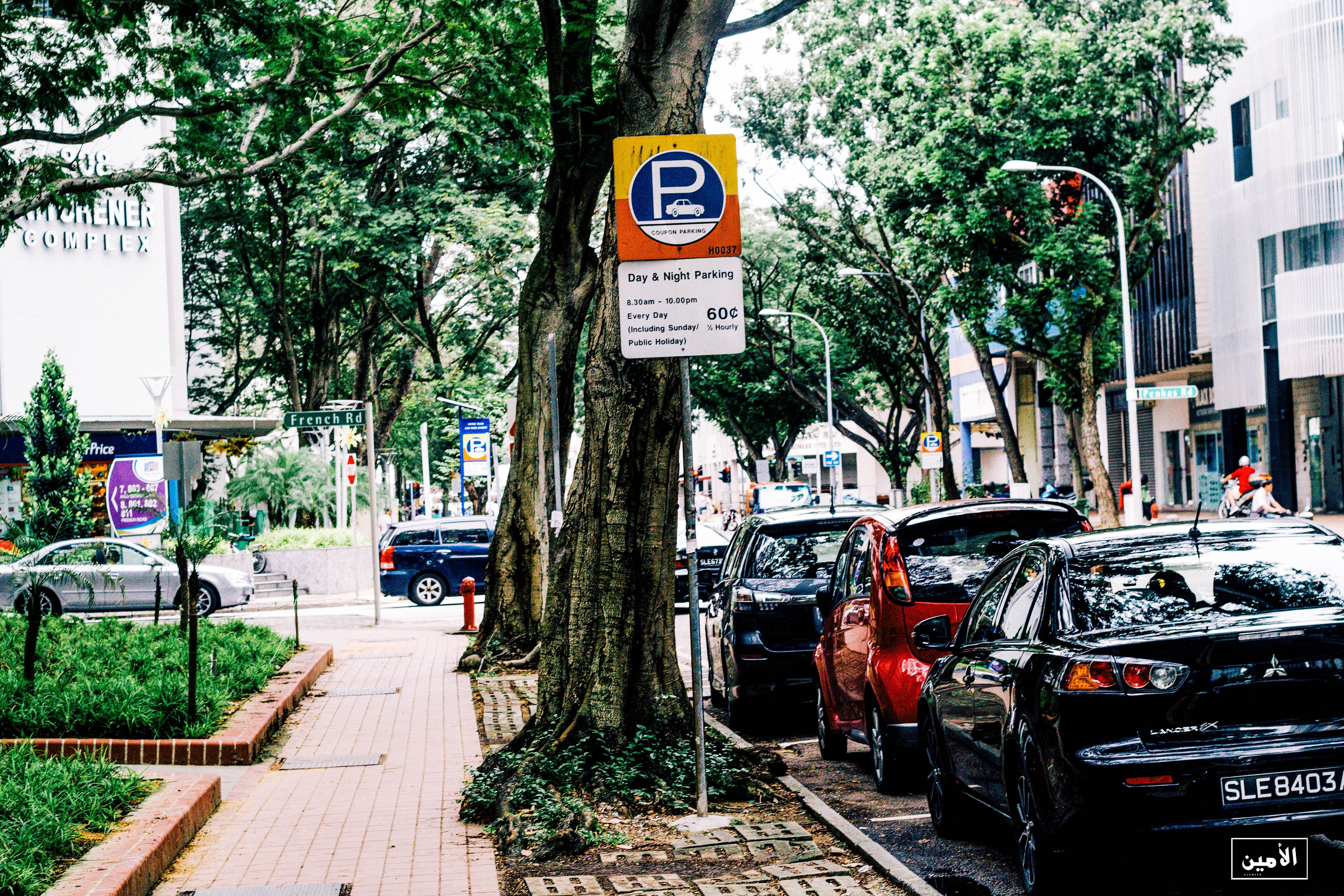No Parking Here: 5 Parking Fines in Singapore You May Not Know About
Driving in Singapore comes with its share of challenges. Leaving home for work half an hour early to beat the traffic, for instance, scrambling around to find a parking spot within the vicinity when heading out wastes commuters’ time. Imagine starting your day on this note only to be hit with an exorbitant fine for parking in the wrong spot. And if you’ve ever been busted by a Land Transport Authority (LTA) officer for a parking violation, you know that all your pleas are in vain. So, we’ve created a list of the top 5 parking fines in Singapore that you may be unaware of.
 Top 5 parking fines in Singapore:
Top 5 parking fines in Singapore:
-
Parking Within a Pedestrian Crossing:
Many-a-times, when running errands, you may park your car on a pedestrian crossing for a quick run to the coffee shop and hurriedly rush back, only to notice a parking ticket on your car in less than 5 minutes. Although it may not seem like a big deal, parking within a pedestrian crossing is a serious offense and costs a hefty $120 for light vehicles and $180 for heavy vehicles. For repeat offenders, the fines go up to $180 and $230. Moreover, your license attracts 3 demerit points.
-
Parking in an Underpass:
With a lack of free parking spots in Singapore and extravagant parking charges, commuters often tend to park in some unusual places. Underpasses are usually narrow, one-way streets where the majority of drivers rev at high speeds as they do not expect to change lanes or go around a parked car. As a result, parking in an underpass can be dangerous not only for your vehicle but also for other drivers who may not notice your vehicle at first glance and may end up crashing into it. The fine for parking under an underpass is $70 for light vehicles whereas larger, heavy vehicles will be subjected to a total fine of $110.
Pro tip: If you think that you can outsmart the LTA by parking on the slope, prepare to be proven wrong. Parking on a ramp leading to up to a flyover or an underpass is also illegal and will cost you a hefty fine.
Also Read: Why does Everyone Reverse Park In Singapore?
-
Parking on a Carriageway, Shoulder or Verge on of an Expressway:
While most have the good sense to avoid parking on such locations, in certain emergencies, you may have stopped your vehicle for 5 minutes to tackle an emergency like answering a phone call. Now, although you may not have actually parked your car in the above-mentioned places, the LTA defines ‘parking’ as anything other than stopping momentarily to pickup/ drop-off passengers or luggage. So, be careful of making such blunders as it carries an exorbitant fine of $130 for first-time offenders and $200 for repeat offenders.
-
Parking on a Flyover:
Since no vehicles are approaching from the opposite direction, drivers tend to speed on flyovers. If you park your car on a flyover, it is a grave safety hazard for everyone involved. Moreover, Singaporean flyovers are winding roads and with sharp turns that can obscure a driver’s distant vision and prevent them from spotting a parked vehicle. Although the speed limit on a flyover is 50 Kmph, most bridges and flyovers in Singapore are entry or exit points to an expressway, encouraging drivers to speed on empty roads. The fine for parking flyovers is the same as parking in an underpass for light and heavy vehicles i.e. $70 and $110 respectively.
-
Parking Within 9 Metres of a Bus Stop:
Those that have been fined for parking within 3 meters of a fire hydrant or 6 meters of a street junction, you may have learned not to do so the hard way. To avoid another fine, it is important to know that parking within 9 meters of a bus stop is also illegal and comes with a $70 and $110 fine for heavy and light vehicles, respectively. However, repeating the same offense will cost light vehicles $110 and heavy vehicles $150; so park wisely.
To ensure personal safety and those of others, avoid parking in places that do not show any signs of being legal. Always park in designated parking lots to avoid paying hefty parking fines in Singapore.
